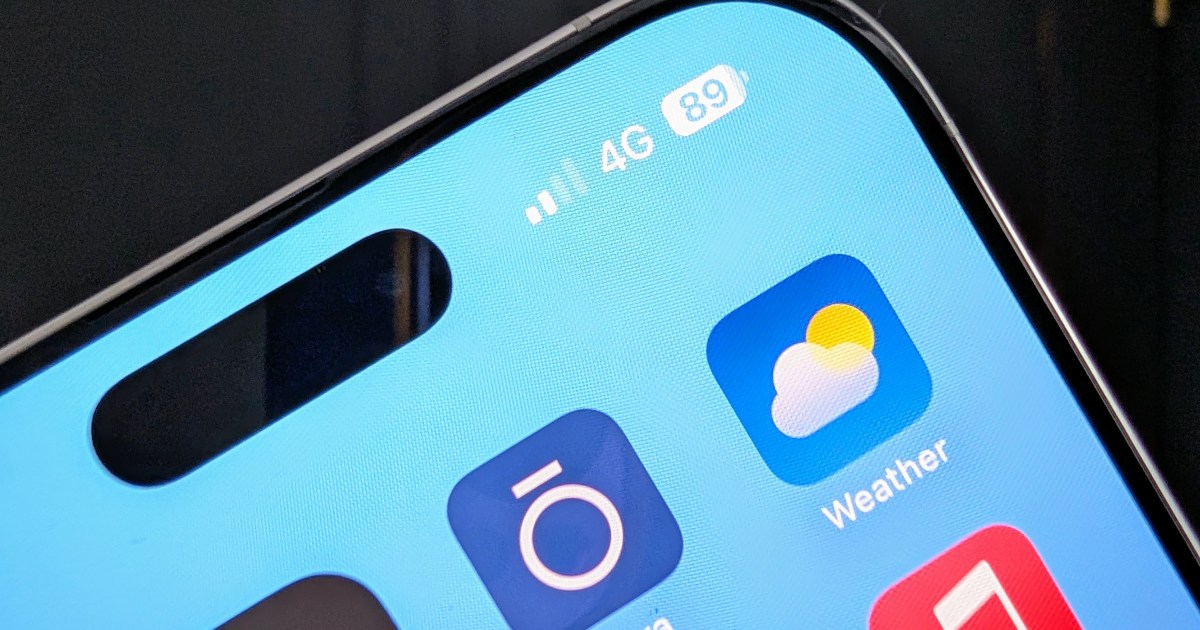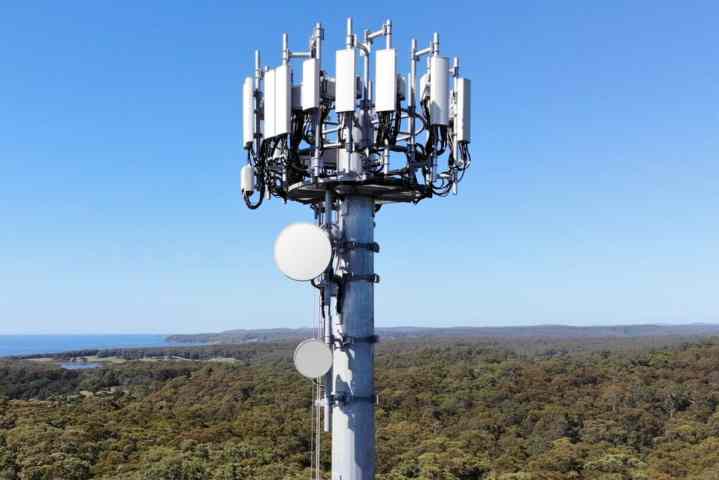Tech News
I still don’t have 5G at home, and the reasons why amazed me

Currently, I am sitting in my home office with only one bar of 4G reception on my phone. If I move to a different room, I might see two bars.
I have been questioning why I still do not have 5G reception at home, especially since it is almost the end of 2024 and 5G was launched in the U.K. in mid-2019. Curious about the reasons behind this, I decided to investigate. What I found was a mix of expected and unexpected factors contributing to the absence of 5G in my area.
Is My Home in a Remote Location?
To provide context for my confusion over the lack of 5G reception, it’s essential to note that while I live in a relatively rural area in southeastern U.K., I am only a 30-minute drive away from a major international airport and approximately 30 miles away from London. It’s not a secluded location, and my neighbors are right next door, not miles away down a remote road.
Even the limited 4G reception is disappointing given the year and location. However, when I drive towards the airport and nearby towns and cities, I do find pockets of 5G connectivity. Yet, even in those areas, 4G remains the dominant connection on my phone, whether indoors or outdoors.
My network provider is EE, which led the 5G launch in the U.K. back in 2019. I even tested EE’s 5G on a OnePlus 7 Pro 5G in June of that year. Little did I know then that I would still be waiting for 5G at home five years later. I speculated whether the lack of 5G was due to planning permission issues or low demand because of the small population in the surrounding towns and villages. To gain more clarity, I reached out to EE.
What’s the Status of 5G?

“I believe the U.K. has made significant progress in mobile networks,” Alex Jackman, head of network communications at BT Group, the owner of the EE mobile network, shared with me. “The 4G network, which now covers 90% of the U.K., has been a crucial foundation. The introduction of 5G has brought faster speeds and lower latency, and we are continuously enhancing its capacity and coverage. The recent launch of 5G Standalone (SA) in September promises further advancements, enabling innovative next-gen use cases.”
Jackman then outlined some key challenges that networks have encountered during the ongoing 5G rollout, with one being expected and the other unexpected.
“In 2019, we launched 5G based on the U.K. government’s initial guidance on using Huawei equipment in the core network. However, in early 2020, this decision was reversed,” Jackman explained.
This change coincided with Huawei’s placement on the Entity List by the U.S. government, prompting the U.K. government to revise its network security policies.
“This would potentially cost the BT Group 500 million British pounds (about $670,500,000)…”
“This decision had a significant impact on the 5G rollout,” Jackman continued. “We estimated at the time that it could cost the BT Group 500 million British pounds to meet the government’s deadlines. Instead of transitioning Huawei 4G equipment to 5G, we had to replace it with Ericsson and Nokia equipment due to the policy change.”
“I’m not passing judgment on the decision’s validity,” Jackman clarified, “but it undeniably affected the pace of 5G deployment when we had to replace existing infrastructure. This unexpected cost hindered our ability to roll out 5G efficiently.”
Additional Challenges in 2020

The Huawei situation was understandable, but I had not considered the long-term implications of political decisions on 5G infrastructure. It was not the only challenge faced by 5G in 2020, as Jackman revealed something unexpected.
“Another factor impacting the 5G rollout was COVID-19,” Jackman stated. “Deployment during lockdown presented logistical challenges, such as access restrictions to rooftops and limitations on the number of engineers allowed on site. Additionally, the pandemic affected the workforce due to illnesses and long-term effects of COVID-19. This slowdown, coupled with baseless conspiracy theories linking 5G to COVID-19, created further obstacles.”
Over a hundred sites across all networks were set on fire.
Despite the initial amusement at the COVID-5G conspiracy theories, the reality of over a hundred sites being vandalized was a sobering revelation.
“Over a hundred sites across all networks were set on fire,” Jackman disclosed. The presence of engineers being threatened on the street had significant implications for the rollout of 5G. This issue still persists in some areas of the UK, where networks face challenges implementing 5G due to resistance stemming from conspiracy theories. However, the issue appears to be gradually improving. Industry professionals attribute the slowdown in 5G rollout to the financial impact of Huawei and COVID-19 on logistics and reputation.
On a more local level, the installation of 5G equipment poses challenges as masts need strengthening to accommodate the larger and heavier 5G equipment. This process can trigger planning permission requirements from local governments, leading to delays. Additionally, issues around mast ownership and land rights further complicate the installation process.
In terms of connectivity in specific areas, the use of 1800MHz signals by nearby masts may not be conducive to indoor use. Upgrading to 800MHz capacity could improve indoor reception, but 5G availability may still be limited. Furthermore, not all users may have smartphones capable of receiving a 5G signal, contributing to the slow adoption of 5G technology.
The timing of the arrival of 5G technology was less than ideal, as it coincided with unexpected financial burdens and a shift in priorities in 2020. Networks should have been investing in 5G infrastructure to take advantage of new devices, but other concerns took precedence. As a result, the perceived benefits of 5G have not been fully realized, leading to a reputation problem for the technology.
Overall, despite the advancements in 5G technology, many areas, including my own, are still primarily reliant on 4G networks. The challenges in implementation and adoption continue to impact the availability of 5G services to consumers.
-

 Destination8 months ago
Destination8 months agoSingapore Airlines CEO set to join board of Air India, BA News, BA
-

 Breaking News10 months ago
Breaking News10 months agoCroatia to reintroduce compulsory military draft as regional tensions soar
-

 Gadgets3 months ago
Gadgets3 months agoSupernatural Season 16 Revival News, Cast, Plot and Release Date
-

 Tech News12 months ago
Tech News12 months agoBangladeshi police agents accused of selling citizens’ personal information on Telegram
-

 Productivity11 months ago
Productivity11 months agoHow Your Contact Center Can Become A Customer Engagement Center
-

 Gadgets3 weeks ago
Gadgets3 weeks agoFallout Season 2 Potential Release Date, Cast, Plot and News
-

 Breaking News10 months ago
Breaking News10 months agoBangladesh crisis: Refaat Ahmed sworn in as Bangladesh’s new chief justice
-

 Toys12 months ago
Toys12 months ago15 of the Best Trike & Tricycles Mums Recommend























